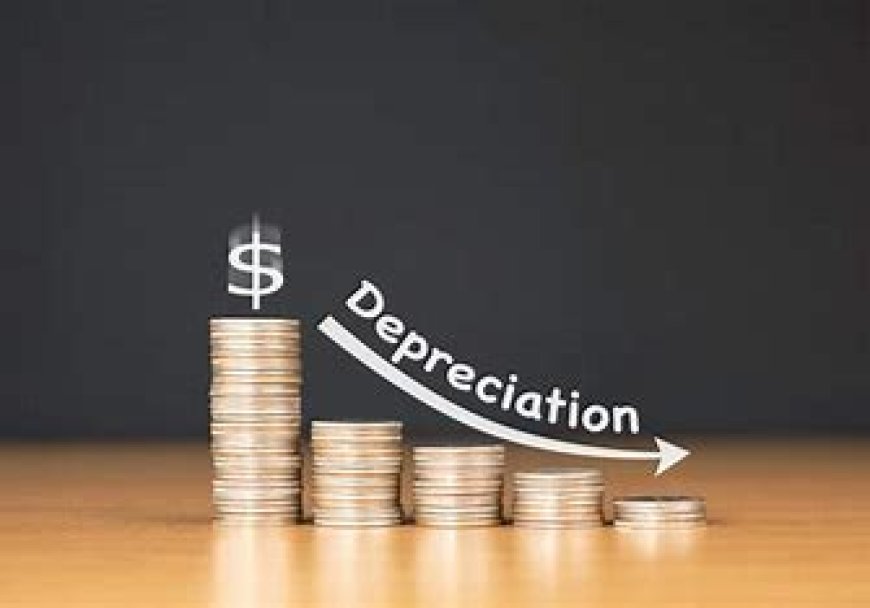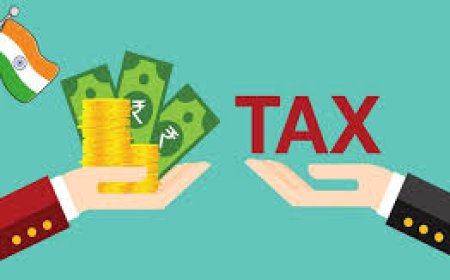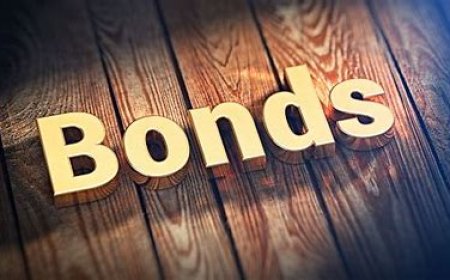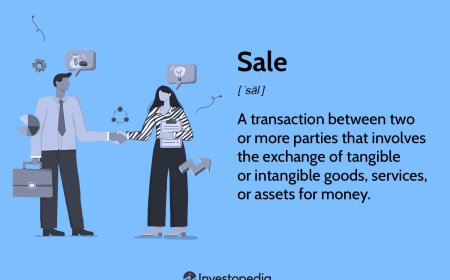Introduction to Depreciation for kids & adults

INTRODUCTION:
Depreciation is like the wearing-out or aging of things we use every day. You may have noticed that over time, your toys, clothes, or gadgets become less valuable or less useful. That's similar to what happens to assets owned by businesses or individuals, like buildings, vehicles, machinery, or equipment.
In India, depreciation is an accounting concept that helps businesses and individuals account for this decrease in value over time. It allows them to spread out the cost of an asset over its useful life rather than deducting the entire cost in one go.
Depreciation has a few implications for businesses and individuals in India:
Financial Statements: Depreciation is reflected in a company's financial statements, such as the balance sheet and income statement. It shows the decrease in the value of assets over time, which affects the company's profitability and financial health.
Taxes: Depreciation is helpful when it comes to taxes. It allows businesses to deduct a portion of the asset's cost each year, reducing their taxable income. This helps in lowering the tax liability for the company.
Replacement Planning: Depreciation helps businesses plan for the future. By accounting for the decrease in value, they can estimate when an asset may need to be replaced or upgraded. This allows for better financial planning and avoids unexpected expenses.
Asset Valuation: Depreciation provides a more accurate representation of an asset's value in a company's financial records. This helps in determining the asset's market value or resale value, which is important for decision-making and valuing a business.
There are different methods to calculate depreciation, but two common methods are the straight-line method and the reducing balance method.
Straight-Line Method: This is the simplest and most commonly used method. It evenly spreads the depreciation expense over the asset's useful life. For example, if a company purchases machinery for Rs. 1,00,000 with an estimated useful life of 5 years, using the straight-line method, it would depreciate the asset by Rs. 20,000 per year (Rs. 1,00,000 / 5 years).
Reducing Balance Method: This method allocates a higher depreciation expense in the early years of an asset's life and reduces it over time. It assumes that assets are more productive in their early years and their productivity declines as they age. The depreciation expense is calculated based on a percentage of the asset's net book value. For example, if a company uses a 20% reducing balance method on machinery purchased for Rs. 1,00,000, the first-year depreciation would be Rs. 20,000 (20% of Rs. 1,00,000). In the second year, it would be 20% of the remaining book value after the first-year depreciation.
Depreciation is an accounting concept and does not necessarily reflect the actual market value or the condition of the asset. It is a systematic way to allocate the cost of an asset over its useful life for accounting and financial reporting purposes.
Overall, depreciation is an essential concept in accounting and finance that allows companies to account for the decrease in the value of their assets over time. It helps in financial reporting, taxation, planning, and decision-making, providing a more accurate picture of an entity's financial position.
Examples for Kids:
Toy Car:
Imagine you have a toy car that you love playing with. Over time, the wheels start to wear out, and the color starts to fade. The toy car becomes less valuable and less fun to play with. This is similar to depreciation, where the value of the toy car decreases as it gets older.
Crayons:
Consider a box of crayons you use for coloring. As you keep using the crayons, they become smaller and shorter. Some of them might break or get dull, making them less useful for coloring. This is like depreciation, as the crayons lose value and usefulness over time.
Football:
Think of a football that you and your friends play with regularly. After numerous games, the ball might get scuffed, lose its shape, and become less bouncy. As a result, it becomes less valuable and enjoyable to play with. This is an example of depreciation, where the football loses value due to wear and tear.
Bicycle:
Suppose you have a bicycle that you use for riding around. As you use it frequently, the tires might wear out, the paint might chip, and the gears might become less smooth. These changes make the bicycle less valuable and require maintenance or repair. This is similar to how depreciation occurs in real bicycles over time.
Mobile Phone:
Imagine you have a mobile phone that you use for playing games and taking pictures. After a while, the battery might not hold a charge as well, the screen might get scratched, and the phone might become slower compared to newer models. These changes reduce the phone's value and make it less desirable, similar to depreciation.
Examples for Layman Adults:
Car:
Suppose you buy a car in India for Rs. 10 lakhs. Over time, as you drive the car, it will experience wear and tear. The car's paint might fade, the engine might require maintenance, and technology in the car might become outdated. As a result, the car's value decreases, similar to how depreciation works for cars in the real world.
Laptop:
Consider a laptop that you purchase for your work or studies. As you use it over the years, the battery life might decrease, the keys on the keyboard might wear out, and the performance might become slower compared to newer models. These factors contribute to the laptop's depreciation, as its value decreases over time.
Furniture:
Imagine you buy a wooden table and chairs for your home. With regular use, the wood might get scratched, the paint might chip, and the overall appearance might deteriorate. These changes lead to a decrease in the furniture's value and the need for repairs or replacements, reflecting the concept of depreciation.
Depreciation is the gradual decrease in value of assets over time, and it's an important concept in the financial world. In simple terms, it's like how things wear out or lose value as we use them. In an Indian context, depreciation helps businesses and individuals account for the aging and wear and tear of assets. It allows accurate financial reporting, helps calculate profits and taxes, and enables better decision-making regarding asset replacements and repairs. For example, if a company owns a delivery vehicle, depreciation helps them recognize the decrease in its value over time. Understanding depreciation is essential for financial management and planning in India, ensuring accurate representation of asset value and facilitating informed financial decisions.
What's Your Reaction?


























































